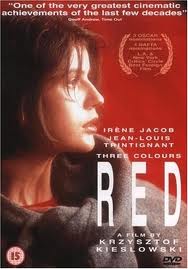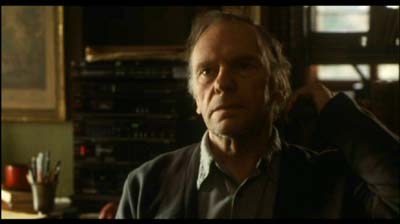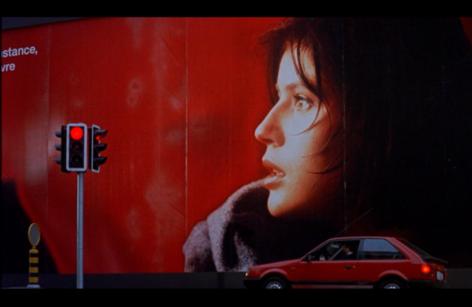My Writings

Review - Three Colours Red (1993)
Kieslowski re-cast Irene Jacob after her charismatic performance in The Double Life of Veronique in 'Red' - the third part of the Three Colours trilogy, meant to represent Fraternity, being one of the three French revolutionary ideals. Three Colours Red is universally acclaimed as Kieslowski's masterpiece, but I take issue with that. Whilst Red is a decent watch, it is Three Colours Blue that is easily the greatest of the three. Indeed Three Colours White is in many ways a better movie than Red, although White is the odd one out. Firstly White is a black comedy, and it also has a substantial plot and is essentially, an entertainment. Red, and Blue are very similar in that there is barely any plot, and instead we have an intricate study of female psychology, albeit from a male director. Unfortunately for Red therefore, it bears a more direct comparison to Blue, but Irene Jacob's character Valentine in Red is flighty and lacks substance, especially when compared with the gravitas of Juliette Binoche's character in the deeply moving Three Colours Blue.
Latest Works

The plot in Red is simple and unravels very slowly, as a chance accident (Valentine runs over a dog) leads her to the owner, a retired and world weary judge (Jean-Louis Trintignant), who spends his hours eavesdropping on his neighbour's telephone calls. The Fraternity aspect is explored by comparing the motivations of Valentine, who is essentially good, with the judge, who has lost his faith in humanity and has become corrupted.

Further events link the two until they become attracted by the key ingredient that each has, that the other needs. She has pity, and he has fatalism. Each is re-defined by the other and eventually friendship develops.
Kieslowski is rightly lauded for his use of symbolism and attention to detail, but if anything there is too much red in this film. Everything is red - the theatre seats, the cars, the traffic lights, the posters, Valentine's lipstick and a myriad other objects in the background of every scene, until the imagery loses its subtlety. Nevertheless the director does a good job of building up a degree of tension, and we begin to understand that Valentine's ferry trip to England has dangerous portents. There is a clumsy finish when all of the major characters from the three films are re-united on a television bulletin, but a much better idea would have been to use the courthouse for a shared scene. In White the courthouse was where the divorce took place. In Blue it was where the mistress worked, and in Red the judge worked there before he retired.
6/10 Overrated
Review written by John Franklin : January 2012
back...